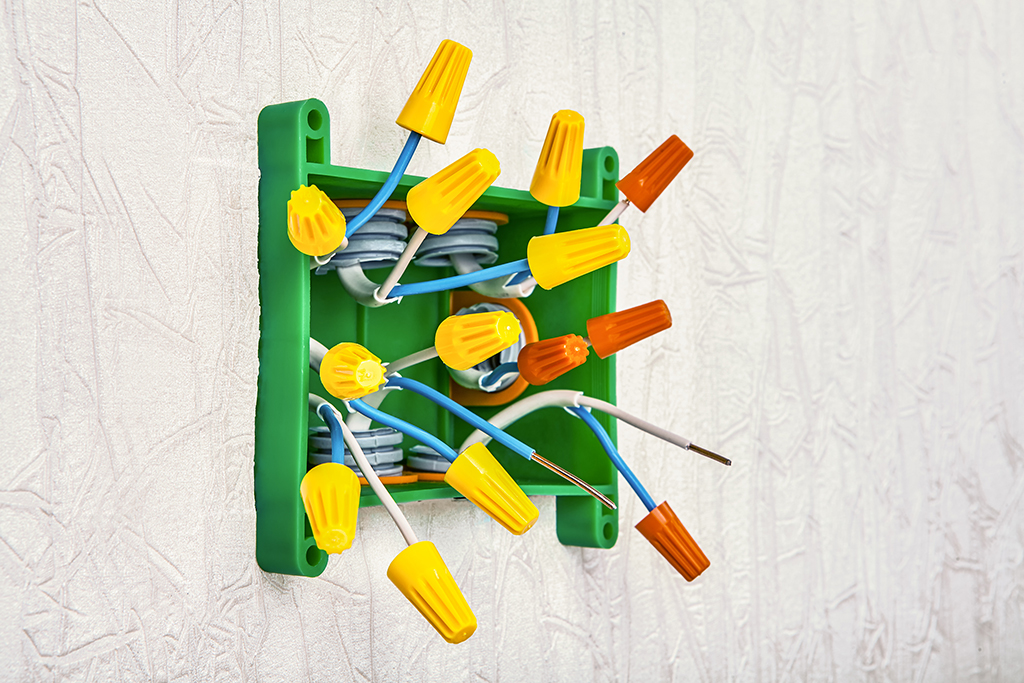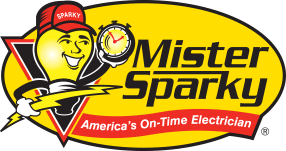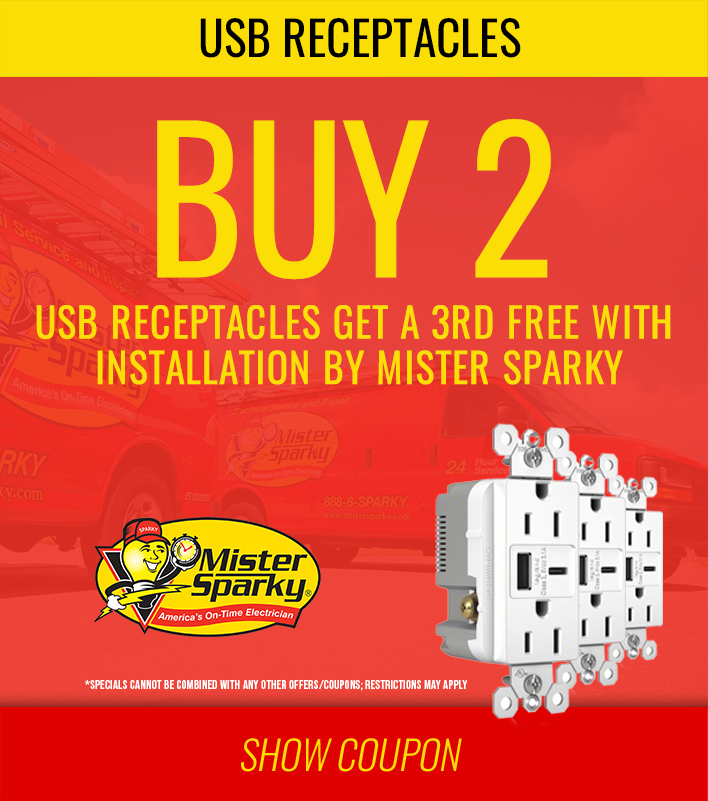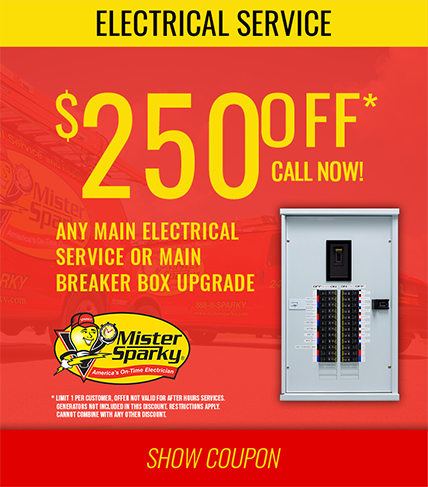Finding An Electrical Contractor To Know What The Differences Are Between Electrical Junction Box Types | Florence, SC

Photo By Grigorev_Vladimir at istock
Electrical junction boxes are located all over your house. They’re a critical part of your house’s infrastructure and your electrical contractor will be able to choose the correct ones for your house. They come in all shapes and sizes as well as materials. We’ll go over some of the common types of junction boxes as well as their uses for these junction boxes and why your house needs just so many of them.
Materials Matter First
Junction boxes that your electrical contractor will use mostly come in two common materials. The first is metal, generally a steel alloy. Metal is better if you are using a metal conduit to move the power cable from the box. They are more rigid but if installed improperly could lead to a short or even electrocution. That’s why your contractor is trained to do this correctly. The other type is a plastic box, many that go inside your walls are blue or gray and are used when metal conduits are not used.
Shapes Actually Mean Something
Shapes mean a lot in these junction boxes and your electrical contractor will be trained to be able to choose the right shape for the job. The first we’ll look at is a round pan junction box. These are quite shallow, mostly under three quarters of an inch deep. These are installed mostly in ceilings or walls for light fixtures that are under 50 pounds. Similar to these are ceiling fan rated boxes. These will be similar to the round pan ones but will be deeper, just over 2 inches deep. They are built to be attached to a ceiling joist and can usually hold up to 75 pounds. Not only fans but they can be used for heavy chandeliers and are built to handle the rotating force of the fan blades. The next is an octagon or standard round junction box. These are put together because they are used in similar applications as well but are more flexible for other uses. These can have ears to fasten to joists if needed.
Your next shape that you’re used to are square boxes. These square boxes are four inches in one direction depending how it’s oriented. four inch boxes come in two standard depths, one and one quarter inch and two and one eight inch. These are common for light switches and standard outlets. These boxes can also be used in the walls to join two wires together in the wall. Electrical contractors in Florence, SC want you to do everything right so they may recommend installing these inside your wall if additional wire is required.
Box Accessories
If your junction box is for a special purpose or in a bizarre location it may have a cap or insulation, but it may not be clear as to why it is like that. If your junction box is going to be recessed into the wall it must be covered. These junction box covers come in many different sizes and shapes to match the application. These covers are also a requirement in most areas for exposed junction boxes. These will just be the plates that go over your switch out outlet unit but those also count as junction box covers.
If your box is going into a wall but the location that you want it doesn’t match up with the framing of your house you can get junction box extenders. These extenders will help close the gap between the hole in your wall and the framing boards in the wall. They can increase both the capacity of the box and the working area of the end of the power cord.
Keeping Them Dry
You may also have outdoor junction boxes. Electrical contractors will follow local regulations and make sure that when these are wanted for replacement that they follow local regulations and that includes waterproofing by either the National Electrical Manufacturers Association or are Ingress Protection rated to withstand not only rain and moisture, but also ultraviolet exposure, extreme heat, extreme cold, and high winds.
If your Florence, SC home has a basement or crawl space you may also have these waterproof junction boxes in them. These help keep moisture in the air from interrupting the circuit and come in different rating levels for your unique situations that your electrical contractor will know and understand.
What’s In A Plug
Now that we’ve talked about the boxes we should talk a little bit about the plug aspect that you put in the boxes. You may not see much but your electrical contractor sees more than what’s outside the plate. Older outlets will be just two pronged outlets, having no grounding plug, modern outlets are three prong. The grounding bottom prevents electrical shock.
You may also have specialized plug receptacle outlets for things like electric dryers, furnaces, air conditioners, or stoves. These will hold up to 250 volts and can have their own breaker or fuse on your service box. These may have special shapes as they are for certain applications and can destroy items not rated for that load.
Finally there are safety receptacles. The most common one you’ll see are ground fault circuit interrupter outlets. These are required in many areas for electrical contractors when you have junction boxes near moisture like a kitchen or bathroom. These stop the circuit if there is a sudden change in current to prevent a short. The other common one is arc fault circuit interrupters, these are good to prevent fires from static electricity or just to prevent accidents.
Whenever you need an electrical contractor in the Florence area reach out to Mister Sparky of Florence. They have a team of trained professionals who can help you resolve any electrical issue you have and give you a fair price for your issue. Offering full service electrical for both residential and commercial buildings Mister Sparky is available to fix even the most insane electrical issue you may encounter.

















